Space Forensics: How Flat Earth Ruined Star Wars for Paul On The Plane
1
THE PUBLIC SCHOOL SYSTEM and mainstream propaganda had already taken its toll on forty-three year-old Paul Lindberg by the time he sat down one evening with his wife for dinner—which, on both accounts, is often how these things go. Between this and that, attending public school and catching a screening of The Empire Strikes Back as a child (a moment which would manifest into a lifelong devotion to everything Star Wars), Lindberg recounted, “I started questioning the six day creation; questioning if there was any validity to evolution—millions and billions of years.”
Was it possible to take Scripture and the creation account figuratively and still believe in the integrity of God’s Testimony?
https://www.youtube.com/watch?v=FvesRntP10E
These were questions which Paul contended with for many years of his life. “I grew up in the Lutheran church, was raised in a Christian home and spent time in the Bible. My parents were staunch Lutherans. We went to church every Sunday. I was in Sunday school. I was in the youth group. I went through confirmation and communion. I was an acolyte and an usher in the church. When I got married—I’ve been married twice, my first wife, she and her family were all Pentecostals.” After the divorce, Paul stopped attending church altogether.
It was October of 2016, upper north-west state of Washington, and while Paul dined with Mrs. Lindberg, one of them said to the other: “Did you know there are people on the planet who think the earth is flat?”
The comment in question was proposed by Lindberg’s wife, who had only recently discovered the concept while reading a random comment in a Truther mom’s vaccine discussion group, probably on Facebook.
The earth is flat.
Lindberg retorted with a snort.
“People still believe that?”
The very first thing he thought about was satellite imagery.
“How can anybody in their right minds possibly think that….? We have pictures…. We have pictures—from space.”
Have they even visited the internet?
Lindberg and his wife had a good laugh about it. “But seeds were planted in my mind,” he said. More specifically, curiosity got the better of him. I mean, how could anybody think like that? The key word is how….?
Curiosity, as they say, killed the cat.
Paul Lindberg found his way onto YouTube. He even Googled it.
The earth is flat.
The information which was immediately available to him became an exhibition of three or four sleepless nights, consuming videos. Eat. Sleep. Poop. Flat Earth. “I came out of it totally bleary eyed going: holy bleep-bleep! These guys are onto something!”
Paul Lindberg’s hibernating faith was a large part of his awakening. “When I realized, scripturally speaking, that there’s so much alignment between science and what the Word of God says, the flat earth awakening, if anything, has reaffirmed and bolstered my faith. It drew me closer to God. All the science stuff made sense, but the final nail in the coffin was when I started looking into the earth and creation and how it all lined up with the Word of God.” And where the globe was finally concerned, “that was game, set, and match.”
The flat earth was backed up by science and the Word of God.
“When you go through this,” waking up to the flat earth, “it’s almost like you’re a child again when it comes to your faith. You see the world differently. You treat people better. You just have the proper perspective on things. When it comes to my attitude and behavior, I don’t get too high or low on things, because I know that God is in control. We aren’t just some accident spinning through space, where anything can happen. I believe we live under a firmament. We’re protected. And this is all part of God’s plan. There’s just a lot of peace that comes with that. I can enjoy that peace now.”
Finally, for Paul Lindberg, “God is in control.”
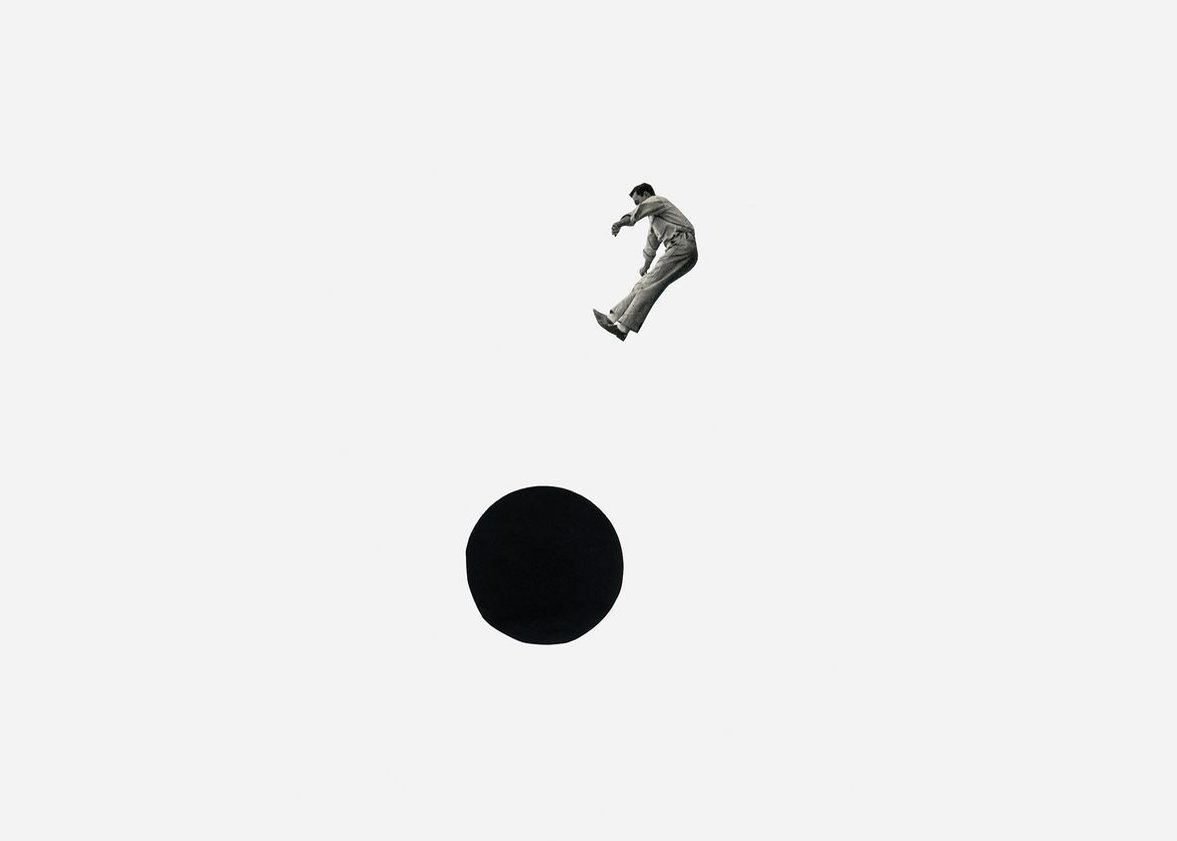
2
WHEN THE WALT DISNEY COMPANY’S purchase of Lucasfilm was first announced on October 30, 2012, four years earlier, its 4 billion dollar price tag was simply unprecedented. George Lucas was payed half of that in stocks. I remember the date well. My father texted on the phone, before I happened to read the news, with the message: There’s going to be another Star Wars trilogy. For the following month a collective symphony of somersaults and groans could seemingly be heard everywhere on the internet:
There’s going to be another Star Wars trilogy without George Lucas!
And—
Oh crap, Disney’s making the next Star Wars trilogy.
Another two years would pass before worldwide audiences were treated to the first trailer for the J.J. Abrams directed and Kathleen Kennedy produced Star Wars: The Force Awakens, the seventh in the Skywalker saga. It arrived on Friday, November 28, 2014, the day after Thanksgiving—two or three months too late for some.
The flat earth Movement had already begun.
Come December 17, 2015, an explosive number of flat earthists everywhere tried desperately to enjoy the prying nostalgia, which tugged at their emotional sensibilities and also their pockets, beckoning them back to the globular bedroom of their childhood, where Kenner’s 3.75 inch plastic Star Wars action figures littered the rug, while not choking on their popcorn. Still, not everyone had heard about the flat earth by year’s end. On December 17, my wife and I caught a viewing of The Force Awakens in Fort Lauderdale—a second viewing one week later from Key West. My entire reality wouldn’t be decapitated until 2016. After catching a screening of its sequel, The Last Jedi, in Long Beach, California, precisely two years later, I returned to our lodging and vomited until sunrise.
Then again, it might have been food poisoning.
It wasn’t until after Bob Iger successfully negotiated Star Wars from its creator that Paul Lindberg enlisted his involvement with the franchise. Disney’s 2012 announcement was a fresh start to the rarest of opportunities—attaching oneself to the ground floor of something in which everybody knew would be much larger then themselves. There were comic books to pour through; “I love you,” and “I know,” his and her t-shirts; Darth Potato Head’s needing personalized with duck bills and Goofy or mouse ears and glow in the dark effects accurate lightsabers to wow one’s lover in bed; and if this wasn’t enough bread and circuses for the masses, Walt Disney World in Florida and Disneyland in Anaheim had announced their very own Westworld inspired Star Wars themed land and hotel, where the guests can immerse themselves in the story and become citizens of the universe. It all needed blogged and podcasted and then theorized on Reddit and YouTube by the brouhaha of aspiring talent, frantically scrambling into the void left by the old administration.
Lindberg said, “I was the biggest fan that I knew. I had spent all of my time with it. I had created a website. I was blogging about it. I had a Twitter that was dedicated to just that. I was getting involved in the community. I was listening to podcasts—anything Star Wars related. From 2012 on, after Disney bought it, they started making all the movies. They started coming out with cartoons. They started writing all these new books to fill in these gaps in the timeline. There were these canon books that were not canon anymore. Whenever a new book came out, I was buying and reading those—24/7. Outside of work, this is what I was doing with my life.”
One of Lindberg’s first orders of business was to fly out to Star Wars Celebration, held in Anaheim, California on April 15-19, 2015. Surrounding himself with the like-minded was a way of legitimizing his own life obsessions, making the augmented reality which filled his day-to-day peripheral vision seem viable, even concrete; a defining moment of which was having his picture taken with Mark Hamill and Carrie Fisher. In the spring of 2016 Lindberg had committed himself to building a movie accurate Star Wars storm trooper costume. “It’s a big deal within the community. You order a kit and it basically comes—its chunks of plastic, but you have to cut them all out. It’s quite the process. You have to shape everything and mold it to your body. These things are very unique. You can’t just order a small, medium, or large. You have to build these things to fit your body height, and all of your measurements—chest and hips and all that. And those things can take anywhere from a month to a year to build, depending on how much time you commit to it.” Lindberg was in the middle of doing that, and planning out more conventions, and having his picture taken with Star Wars royalty, when he discovered that the shape of the earth, and the Universe, but more importantly, humanity, was not how he’d once thought it to be.
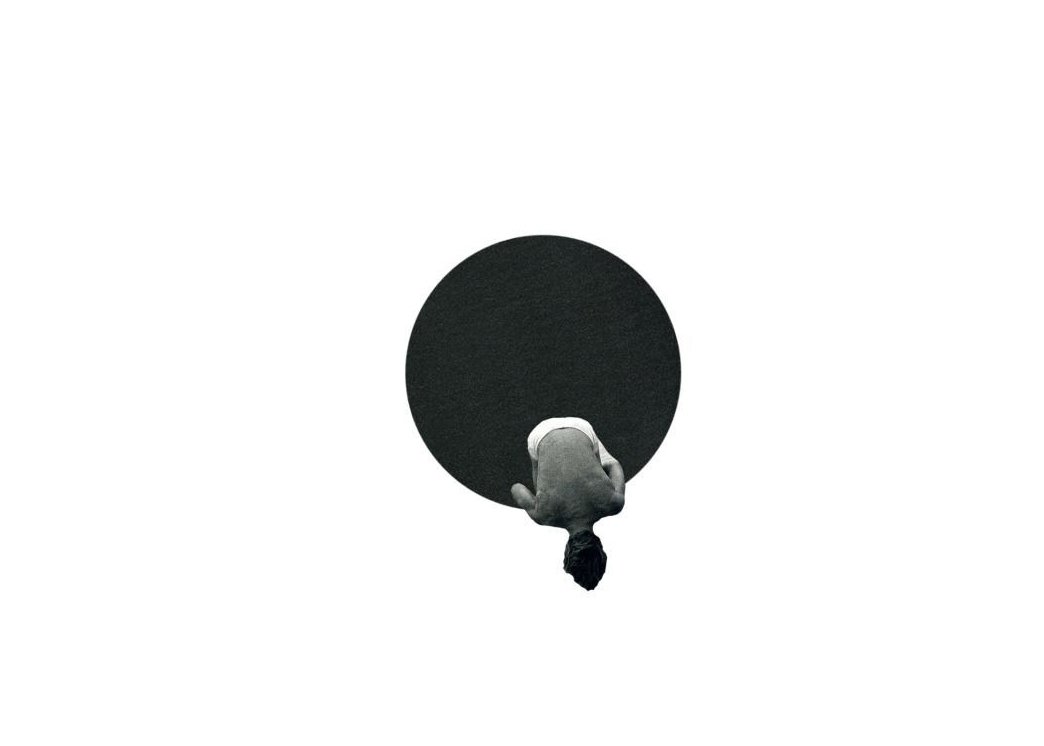
Star Wars, Lindberg realized, “was a big part of the indoctrination.” Once he came to that realization, furthermore realizing his part in spreading the deception, “I was never able to look at that franchise, my first love, the same. I used to be watching one of the movies or one of the shows. When Rebels came out, or The Clone Wars, I watched that entire series, every season, three or four times. I used to always be watching that. And I literally stopped.”
Lindberg almost shuttered when saying it:
“I went cold turkey on Star Wars.”
Sure, new movies came out. And when they did, Lindberg mustered enough curiosity to revisit the distant galaxy. “But that’s pretty much it. I couldn’t even tell you what the latest gossip is on the movie coming up. But I used to be able to do that. I would tell you everything. I had all my theories. I was blogging about it.” Flat earth “ruined it for me—completely ruined it. Whenever I see all these spaceships flying around, I just scoff now. I’m disgusted by it. It’s really a conflict within me, because it’s my first love, and yet I’ve moved on.”
“And yet I think about it often, you know what I mean?”
“Yes, I do,” I said.
“It’s really hard to explain.”
I understand the struggle perfectly well—the zealousness demanded of someone, righteous indignation even, to sweep an idol off the altar and thrust it into the rubble bin only to lay sleeplessly in bed all night knowing that a defining element of their past identity gone, likely second-guessing their decision or even imagining the alternative, but mostly thinking about its new home, where the worm dieth not, abandoned to malnourishment and the present downpour of rain.
On the day in which Paul Lindberg typed the earth is flat into his search engine, the movie accurate storm trooper costume was nearly half assembled. It still sits in a box in his garage unfinished. If it hadn’t been for the flat earth, he said, “I would now be walking around at all the Star Wars conventions in a movie accurate storm trooper costume.”
“Flat earth totally ruined Star Wars for me—it obliterated it.”
 3
3
PAUL LINDBERG EMERGED ON THE INTERNET in 2017 with a Nikon P-900 and his very own YouTube channel, aptly titled, Paul On The Plane. “I wanted to start making my own observations, measuring curvature and things like that. I wanted to start publishing my findings on a platform like YouTube and get involved in the community, because I’d seen a lot of videos and people doing the same thing, and I wanted to be a part of it. I wanted to join the quote-unquote fight, if you will. I mean, those were some of the emotions I was going through.”
He found a colleague in Archer Sage, an individual whom he’d met in the online community and was committing himself to the same research, “and he’d done a couple of videos. He was in a position where he didn’t want to make videos anymore, but he had a lot of research to offer.” Lindberg had quickly realized that the pictures which he had built the foundation of his reality upon were not photographs at all. “They were computer graphics or composites. Essentially they were just—and I’m not even saying Photoshop—these things are generated by software programs.” Along with Sage’s own findings, the two decided to combine forces, with Lindberg producing each video. “We basically spent a lot of time online going through all the folders and looking at all the different images and putting them into forensic software programs that would analyze them.”
One such program was called ‘Forensically.’ “You could do a noise analysis. You could look at the way the light was bouncing off of the image. You would look for JPEG artifacts. You would look for JPEG compression. You know—kind of a forensic analysis. If you’re in a court room and somebody brings photographic evidence of the crime, this is the same sort of scrutiny which the photo would go under. Is it real? Has anything been changed in the photo? Has it been manipulated, or really, has somebody taken a picture and pulled it right off their camera and put it onto the computer? Is it really just a RAW or un-manipulated image?”
Lindberg took the same approach with the images he was getting from space, which meant calling in suspects for questioning. “So there are essentially three satellites which give us pictures of earth from space on a regular basis.” That would be the Discover satellite, or “NASA—NOAA for space weather,” the NOAA being an acronym for National Oceanic and Atmospheric Administration. The second satellite would be Himawari 8, Japanese made, with the third being Elektro–L, Russian. “A majority of the videos we produced were analyzing those images.”
The fourth, “and I forgot to mention this,” Lindberg said, would be the Lunar Reconnaissance Orbiter. “Now, it doesn’t give us regular earth photographs, but it’s the satellite we are told that has launched and is orbiting the moon, and it occasionally catches a picture of the earth, depending on which direction it’s pointing.”
“If you look up pictures from space right now, it’s probably going to be one of those four satellites. The Main Stream Media takes all of those and says, ‘Hey, the latest photo!’ And they use the word photo. The Main Stream Media will use the word photo—a photo from NASA. You go to the space agencies though and they will say image,” big difference. “They never use the word photo, which I find very interesting.”
Sage and Lindberg’s initial ten-part series broke each of these images down. “When you take these images, depending on which one it is; the Himawari is giving us an image every ten minutes—every ten minutes, every day. You can go to the FTP folder and download these images. And we’re told that these are RAW un-manipulated pictures from space. The Discover Satellite, with its epic camera, is one million miles away from the earth, and is perfectly positioned between the earth and the sun, so that it’s always pointed at the earth and the earth is always fully lit by the sun, and it gives us this full disc image.” As of this writing, the Discover Satellite has been offline since June of 2019. “We haven’t received anything from it in a while now, so I don’t know if they’re just going to scrap the thing, or if they say it’s broke or whatever. But for about four years there we were getting images every day, sometimes very few, but sometimes every hour for the full day. They can claim whatever. That thing is a million miles away, so they can say, ‘We don’t receive all of them,’ or whatever.”
The Discover satellites two contemporaries, the Russian Elektro–L and the Japanese Himawari, “are both around 22,000 miles away—a lot closer. And they’re kind of landlocked, if you will, above that part of the world. So you’re supposed to see the sun—the terminator line coming across; and then there’s daylight and darkness, and daylight and darkness. The Discover is always facing the sunlit side, so you’re seeing the earth move that way.”
“So eventually when you’re dropping all these images in, you’re looking for things like the noise profile, you’re looking for ambient light. You should see the light bouncing off of these things, because the sun is hitting the earth and bouncing back. So you should have these profiles, just like if you were to take a picture of the moon, or take a picture of anything, you can look at the noise profile on your camera. You can look at the ambient light; how the light is bouncing off of it—to be able to tell if they are real photographs. And what we find in all of these images, which we get from space agencies, is. There’s no noise around the disk, and there’s no ambient light coming from the object itself.”
“The only logical conclusion is that the image that we see is pasted onto a black background. In fact, we dug far enough and found out that NASA even admits that. Not only do they admit that these are composite images, but they also say that they paste these images on a black background. So the question is then: what is the scientific value of these images that we get if they’re not real? If anything you can say they’re really taking a picture of the earth, but why do they have to cut out the earth and paste it onto a black background—why do they have to do that?”
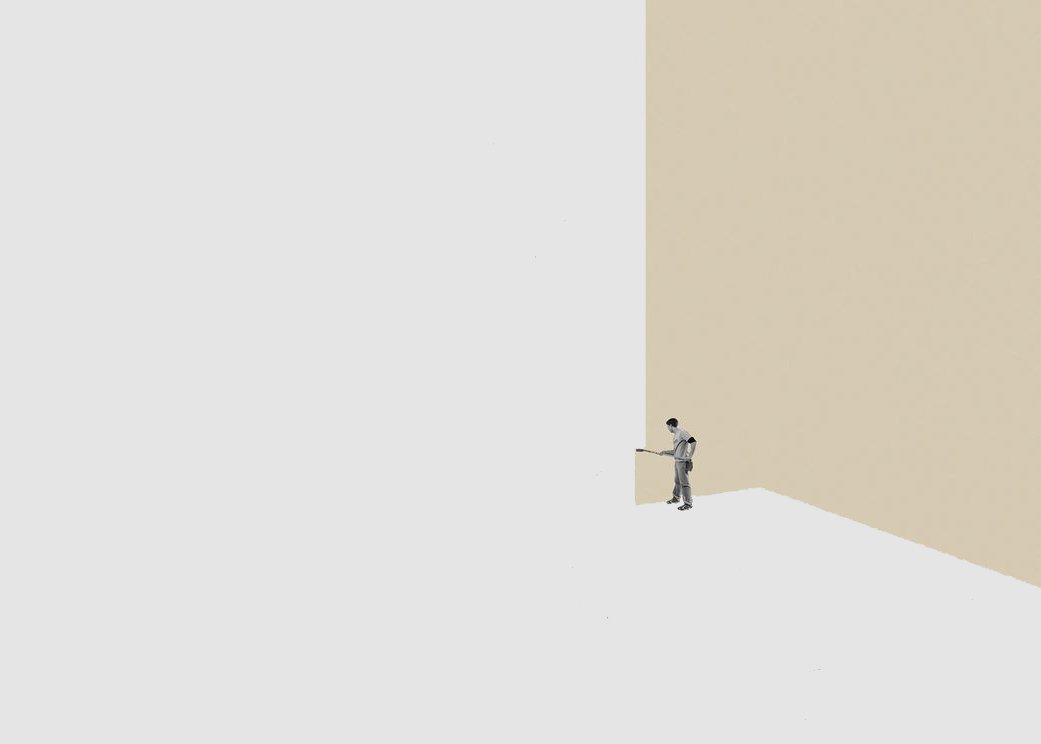
Essentially, Lindberg and Sage’s initial series showed the viewer how they’re pulling the bunny out of the hat. They’re not real. “And then we’d show inconsistencies too.” For example, the Discover satellite documented the dark of the moon orbiting between the earth and its camera. Sage and Lindberg demonstrated the software glitches. “Sometimes a second moon would appear on the right side of the screen. We’d adjust the brightness and show that there was another object there.” Hey, NASA just discovered a second moon! “They didn’t tell us about it, but if you adjusted the color and the images and the brightness you’d see another object there. It’s the same size and it’s transitioning across the earth at the same rate, off to the side. It’s a software glitch. And then we would show that there are boxes around the earth. We would show that they were tilted boxes. Some had noise inside the box, some didn’t. Sometimes the same event, from two different parts of the website, like the gallery side, or where you can choose the image based on the date, they would be two totally different noise profiles and ambient light—from the same event. Sometimes we would pull up an image and you could see how they would try to remove the box, but they accidentally removed some of the mountains on the moon at the same time while they were trying to remove and manipulate things.”
“The whole idea is very simply we wanted to put cracks in the foundation of somebody that’s sitting there believing that the reason they think we’re living on a ball spinning through space is because of all of these images we’re getting from space agencies, and these videos thoroughly destroys any notion that these are photographs from space. There’s no way they could be. They don’t act anything like a photograph would or should. And then we show all these inconsistencies and anomalies to prove that these are computer programs which are generating these images.”
Archer Sage “was really instrumental for season one, because he had done a lot of the groundwork beforehand, and knew where to go. We would spend days, so many hours that would add up to days on Skype, just going through this stuff.” With each new episode Sage put forth much of the initial research. Together they collaborated over the content for each episode. Lindberg would then present Sage with an outline before writing up the narrative and recording it. “Then I would take all of the pictures, and sometimes I would do a screen capture so that I could show people I was actually downloading it, putting it into the program, adjusting the slider, and showing what came up.”
Rather early on during their collaboration, Lindberg responded to a scathing hit piece from the long running debunking show, MythBusters, which had been pointedly directed at the flat earth movement. The episode in question had already been released nearly two years earlier, on July 25, 2015, as part of its 18th season, likely in hopes of curbing the momentum of Eric Dubay’s 200 Proofs, Mark Sargent’s Clues and others like them. In Flights of Fantasy, Adam Savage and Jamie Hyneman were taken up in a U2 spy plane at 70,000 feet to prove that the earth had curvature, and Lindberg noticed something. “As they were moving around there was a fish-eye lens that was showing how it was flat when you looked behind them, but only when the plane dipped down—when the camera went down, that is showed curvature.” In turn, Lindberg released his own video calling them out, “and it got 300,000 views within a month or two.”
Paul On The Plane blew up, “and it went from 5,000 subscribers to like 15,000 subscribers in the matter of two or three months.”
Archer Sage saw the numbers.
“We can make a lot of money,” he said. “This channel’s going viral. We need to monetize.”
Sage had research—Lindberg the talent. A decision was therefore made to split the revenue equally down the middle between them. The videos they produced together however were only raking in two or three-thousand views. “And I think he was really disappointed with that.”
It doesn’t look like the flat earth is going to be making a lot of money after all.
“I think that’s why he lost interest,” Lindberg said. “But that’s just my opinion. At the end of season one, he decided he didn’t want to do any of it anymore. He totally just left. He didn’t even give me a good reason. He just said he had other pursuits. He didn’t sabotage anything. There was no ill-will or anything like that. We just decided not to work together anymore.”
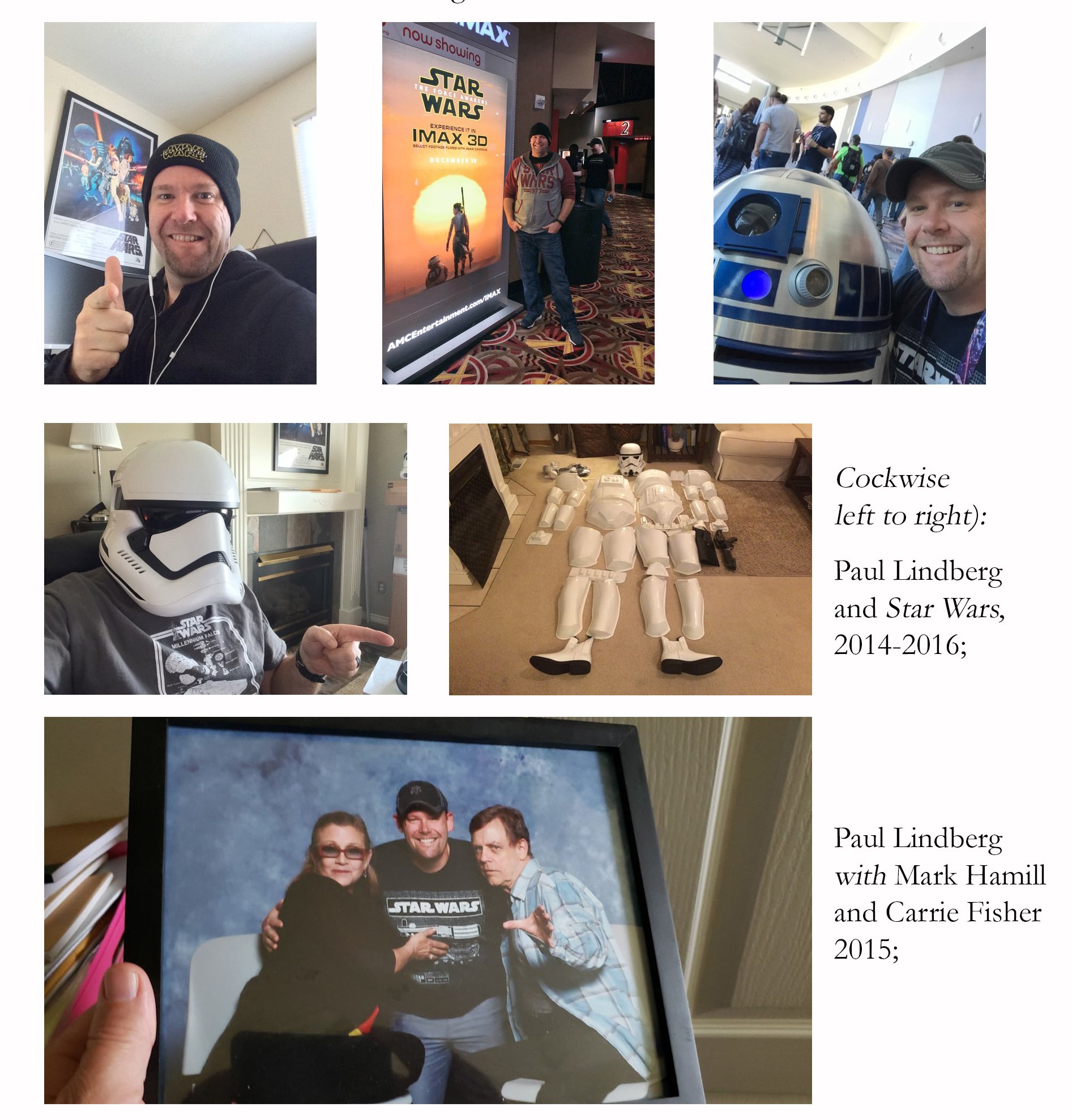
4
FROM THE VERY BEGINNING, MARK SARGENT and Patricia Steere had fallen into Paul Lindberg’s peripheral vision. “I was watching her every week on her shows that she did with Mark, interviewing other people in the community, and that became to me—when you got asked on Patricia’s show, you had kind of arrived, so to speak, in the community.”
Lindberg paused over the phone to think of a mainstream equivalent.
Johnny Carson, I thought.
“In the mainstream, if you were to go on to Jay Leno you had arrived,” he finally said. “With Leno, you were somebody. So I had seen all of these great content producers that had been on her show,” most of whom were introduced through Patricia. In other words, if it hadn’t been for Patricia, then others wouldn’t have quote-unquote “made it,” so to speak, and therefore, Lindberg couldn’t possibly have known about them.
That moment would come for Paul On The Plane in 2017.
Lindberg said: “I don’t remember exactly when it was. It may have been May or June or something like that. It may have been July. I was on one of her livestreams, commenting.”
Patricia Steere messaged back.
Hey Paul, we need to connect.
“I knew what that meant, and I was absolutely elated. It’s something I had been hoping for, secretly, for a long time.” For Lindberg, Patricia wasn’t simply a pillar of the flat earth community. “She was well spoken, beautiful, and passionate about flat earth.” And besides, “she was a speaker heading to the flat earth conference in Raleigh later that year. I had already bought a ticket. She had thousands of subscribers on her YouTube channel. It was great for your own channel to get the exposure. You’d get a lot more people who would see your work, and I really enjoyed the community.”
Flat Earth & Other Hot Potatoes, he said, was the very milestone he’d expected it to be. Lindberg had air time with Patricia Steere, and in turn, the community which he loved became aware of Paul On The Plane.
After their show Patricia and Paul got to talking about an upcoming meet-up at the Pyramid Brewing Co. in Seattle, Washington. Darryle Marble was going. Mark Sargent was going. Both would be speakers at the upcoming conference. Lindberg only lived 200 miles from Seattle. Patricia said she was thinking about going as well, and Lindberg insisted, if she was making the trip to Seattle from Houston, then he was going too.
He said it like this: “Well gee, Patricia, if you’re flying from Houston up to Seattle to this thing then I have to go too. I can’t let you outdo me.”
A few days later Patricia e-mailed Lindberg back.
Set the date.
Seattle “was the first time I met Patricia face to face. She was livestreaming, and I was livestreaming,” the perfect sort of flat earth meetup. “That’s how our friendship really kicked off.” The next time he met Patricia would be in Raleigh, and it wouldn’t be the last.
“Little did I know the hell she was going through,” he said.
But soon, very soon, Paul Lindberg found himself embroiled in the spectacle of paranoia that surrounded Patricia. Every pyre needs lighter fluid, and witches make for the best fuel.
Noel
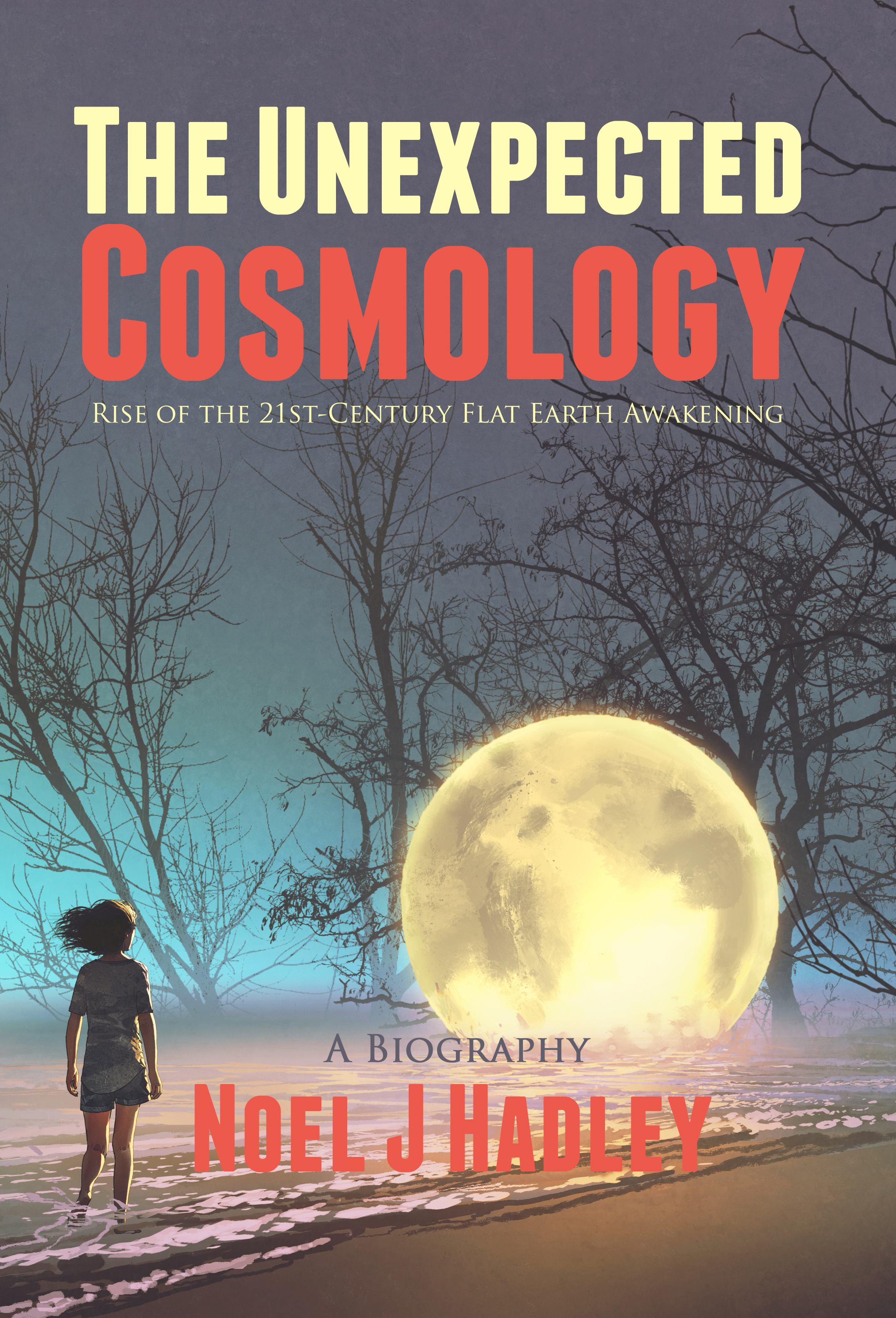
This article was a segment from THE UNEXPECTED COSMOLOGY: Rise of the 21st-Century Flat Earth Awakening, and is now on sale on Amazon and eBay.
Signed copies at Sacred Word Publishing: THE UNEXPECTED COSMOLOGY (1st edition signed)
Paperback copies on Amazon: THE UNEXPECTED COSMOLOGY (1st edition)
E-book copies on Amazon: THE UNEXPECTED COSMOLOGY